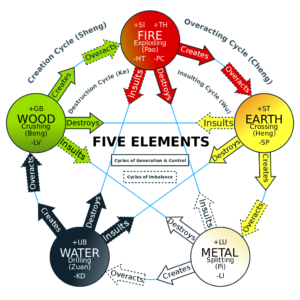Gluten Free Chapatti Recipes
Having to change to a gluten-free diet can be very challenging for those who eat Chapatti (flat-bread) as a central part of their diet. For anyone with an allergy or intolerance to gluten, the chapatti / paratha / puri is by far the most missed item, particularly in an Indian meal. On its own gluten free flour …

